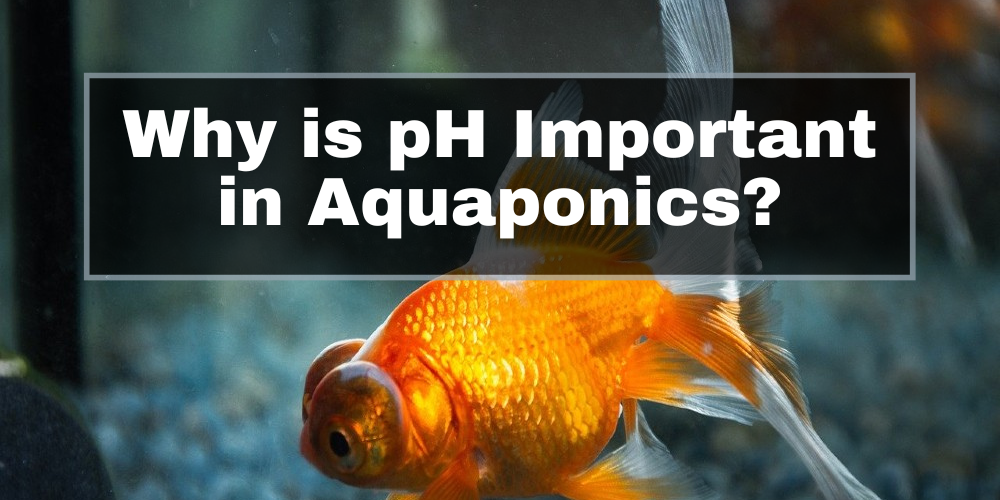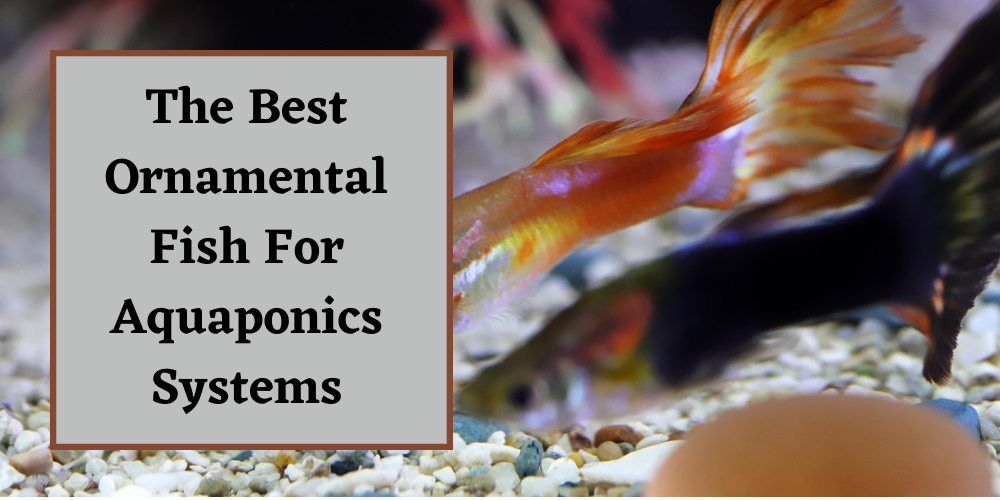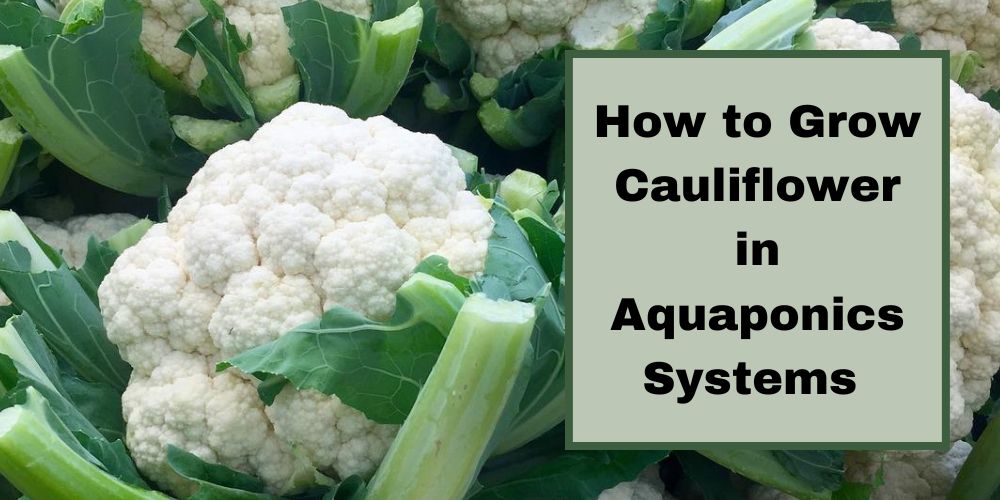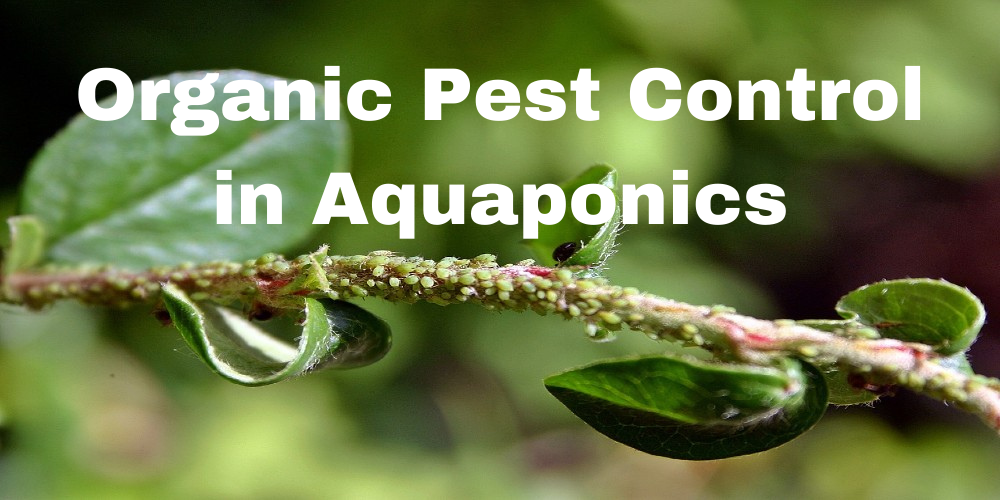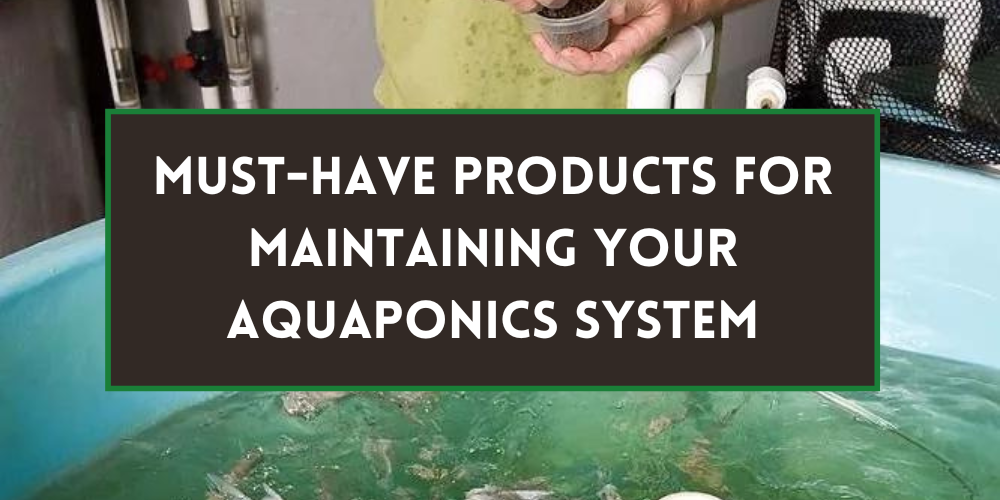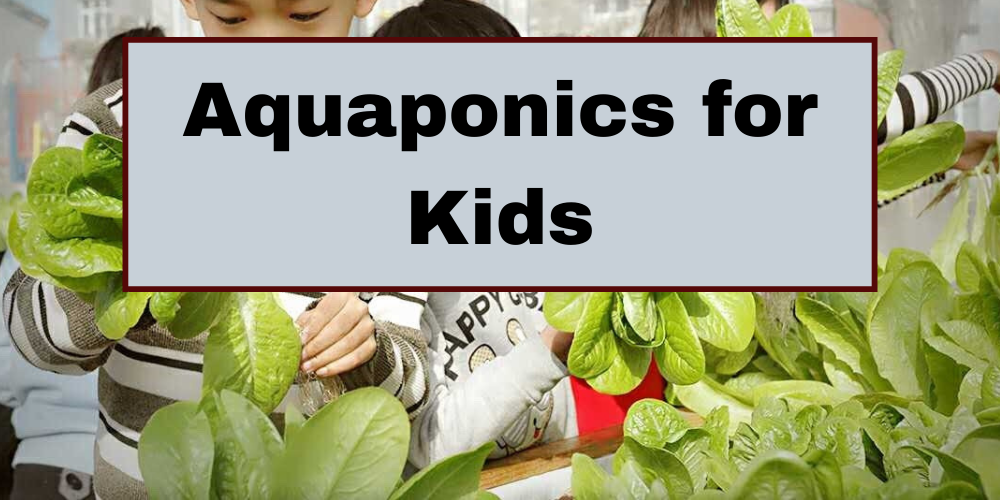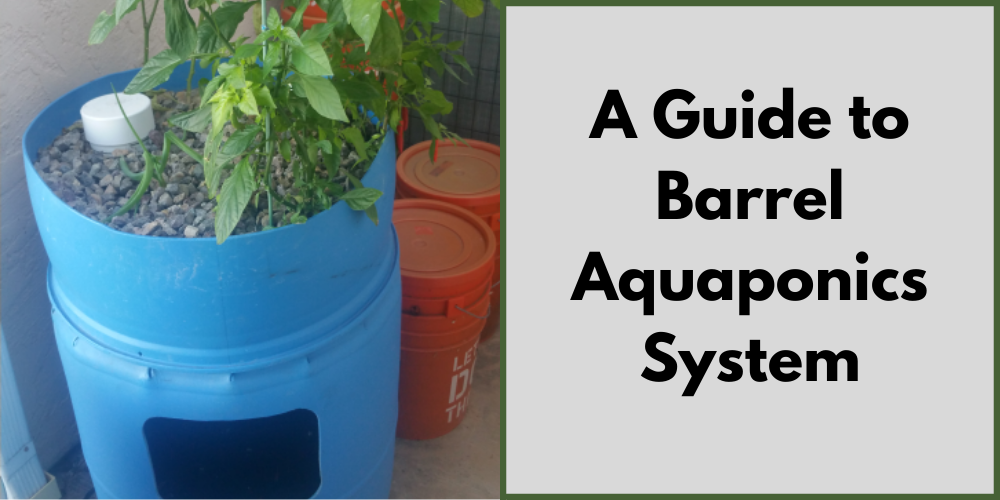Go Green Aquaponics Blog
pH is the heartbeat of every aquaponics system. Learn how to balance it for healthy fish, strong plants, and a thriving ecosystem—without confusion.
- December 20, 2025
This blog covers the best materials, ideal depth, and different grow bed types like Media Based, Raft, and NFT. Plus, get expert tips on placement, maintenance, and water flow optimization to help you build a thriving system.
- December 20, 2025
Elevate your aquaponics system with ornamental fish! Discover the visual appeal, ecosystem benefits, and joy of raising vibrant fish alongside your plants. Dive into sustainable aquaponics gardening today!
- December 20, 2025
Feeding is the foundation of aquaponics success. Learn what to feed tilapia, catfish, trout, koi, and more, plus DIY options, schedules, and mistakes to avoid.
- December 20, 2025
This article will guide you through the process of growing chili peppers in your aquaponics system. We'll cover everything you need to know to start your own chili pepper garden.
- December 20, 2025
Cauliflowers grow well in an aquaponics system, but it is a bit more challenging to grow than other vegetables. Cauliflowers have a definite growing need and can only be grown in one type of aquaponics system.
- December 20, 2025
Confused by aquaponics jargon? This beginner-friendly glossary explains key terms, system components, and why each one matters for a thriving setup.
- December 20, 2025
Carp are hardy, fast-growing, and perfect for aquaponics beginners. This guide walks you through everything from water quality to harvesting, plus the next steps to mastering carp aquaponics.
- December 20, 2025
Discover the best grow lights for your indoor aquaponics system with our comprehensive guide. Learn about different types of grow lights, factors to consider when choosing, and best practices for optimal plant growth. Make informed decisions to maximize your indoor aquaponics success.
- December 20, 2025
Learn how to raise koi fish in an aquaponics system with this comprehensive guide. Discover tips on system setup, fish care, troubleshooting, and the benefits of sustainable aquaponics farming.
- December 20, 2025
Discover how to protect your aquaponics system from harmful pests using safe and natural methods. Our guide covers a range of organic pest control techniques, from companion planting to introducing beneficial insects, to help you maintain a healthy and thriving ecosystem without the use of harmful chemicals.
- December 20, 2025
Discover vertical aquaponics systems and their benefits, and learn how they work. Get tips on building your own system and growing your own fresh produce at home.
- December 20, 2025
Discover the nine essential tools every aquaponics beginner needs to keep plants thriving, fish healthy, and water clear, making maintenance simple.
- December 20, 2025
Discover how aquaponics can spark curiosity, learning, and sustainability in kids! This beginner-friendly guide explores fun, hands-on systems that teach children how fish and plants work together, perfect for classrooms, homeschooling, or weekend science projects.
- December 20, 2025
Dive into the world of aquaponics with our guide on choosing the perfect houseplants. Discover their benefits, care tips, and troubleshooting like a pro for a thriving, symbiotic ecosystem at home.
- December 20, 2025
One of the first questions that comes to mind to any aquaponic beginner is, does aquaponics really work? This question is quite tricky, but most, if not all, aquaponics systems produce optimal yield when they are properly planned and maintained. Here are some tips on what you can do to maintain the proper conditions of your aquaponics system for it to be successful and produce a higher yield.
- December 20, 2025
One type of aquaponics system that is popular with DIYers and aquaponics beginners is the barrel aquaponics system, or barrelphonics. A barrel system will allow you to delve into aquaponics with little space available and without spending too much money.
- December 20, 2025
Learn how to care for aquaponics fish with this essential checklist. Avoid common mistakes, boost fish health, and grow a thriving aquaponics system.
- December 20, 2025



